- Growing Creeper from Seeds in the Garden: Types and Varieties
- Ivy Creeper
- Pumpkin Creeper
- Climbing Roses
- Sweet Pea
- Morning Glory
- Table: Comparison of Creeper Types and Varieties
- Choosing the Right Creeper Seeds
- 1. Climbing or Trailing Creeper:
- 2. Light and Sun Requirements:
- 3. Soil Preference:
- 4. Growth Habit:
- 5. Flowering or Foliage:
- 6. Perennial or Annual:
- 7. Local Climate:
- Preparing the Garden for Creeper Seeds
- 1. Choose the right location:
- 2. Clear the area:
- 3. Loosen the soil:
- 4. Amend the soil:
- 5. Test the soil pH:
- 6. Create support structures:
- 7. Water the soil:
- 8. Plan the planting layout:
- 9. Sow the creeper seeds:
- Sowing Creeper Seeds
- 1. Choose the Right Time
- 2. Prepare the Soil
- 3. Sow the Seeds
- 4. Water the Seeds
- 5. Provide Support
- 6. Monitor and Care for Seedlings
- 7. Transplant if Necessary
- Providing Ideal Growing Conditions for Creepers
- 1. Sunlight Requirements
- 2. Soil Preparation
- 3. Watering Needs
- 4. Fertilization
- 5. Trellis or Support Structures
- 6. Pruning and Training
- 7. Pest and Disease Control
- 8. Mulching
- 9. Winter Protection
- 10. Regular Monitoring
- Caring for Your Creeper Plants
- Common Problems and Solutions for Creepers
- Pest Infestation
- Disease
- Poor Growth and Weak Climbing
- Weeds
- Harvesting and Using Creeper Seeds
- Harvesting Creeper Seeds
- Storing Creeper Seeds
- Using Creeper Seeds
- Questions and Answers:
- What is a creeper plant?
- What are the different types of creeper plants?
- How do you grow creeper plants from seeds?
- What are the best creeper plants for a garden?
- Can creeper plants damage walls or structures?
- What are some tips for caring for creeper plants?
- Videos: How to plant and grow Passion Fruit in a container. Avoiding suckers in my garden. Tips on growing.
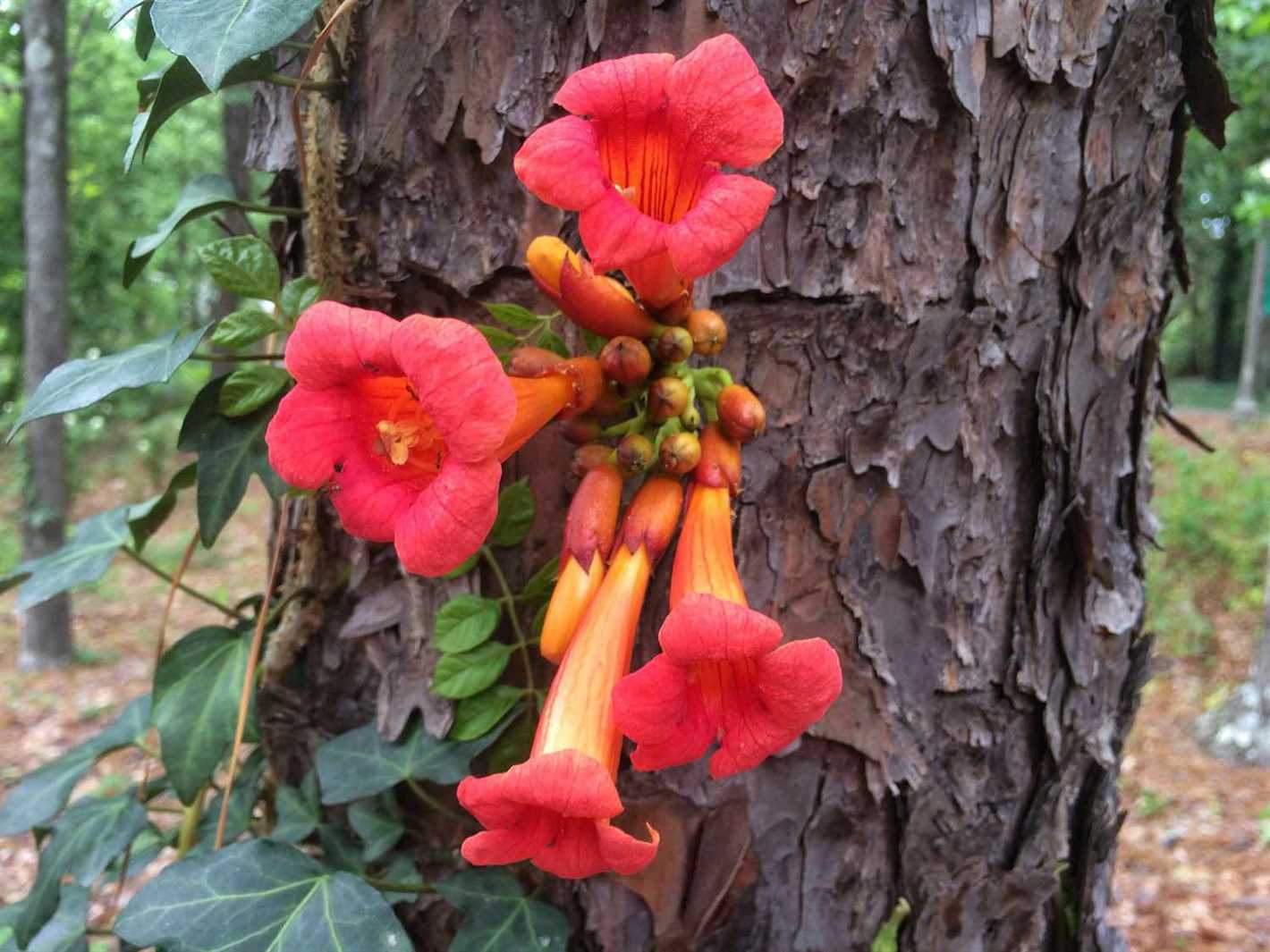
Creeper plants are a popular choice for adding beauty and diversity to a garden. These plants are known for their ability to climb walls, trellises, and fences, creating a stunning vertical garden display. Growing creepers from seeds in your garden can be a rewarding and enjoyable experience. In this article, we will explore the different types and varieties of creepers that you can grow from seeds, and provide you with tips on how to successfully cultivate them.
One of the most common types of creepers is the ivy. Ivy plants are well-loved for their lush, green foliage and ability to grow in a variety of conditions. They can be grown successfully from seeds, and with proper care, they can quickly cover walls and fences, creating a dramatic and picturesque display. Another popular creeper variety is the morning glory. Morning glories are known for their vibrant, trumpet-shaped flowers that bloom in an array of colors. Growing morning glories from seeds can be a fun and rewarding experience, as these plants are fast-growing and relatively low-maintenance.
Jasmine is another type of creeper that can be easily grown from seeds. Jasmine plants are prized for their fragrant white flowers, which release a sweet and intoxicating scent. These plants can be grown in containers or planted directly in the ground, and they require a warm and sunny location to thrive. One more type of creeper worth considering is the sweet pea. Sweet peas are known for their delicate and colorful blooms, which make them a fantastic choice for adding a touch of charm and elegance to any garden. Growing sweet peas from seeds requires patience and care, as these plants can be susceptible to frost and require regular watering.
Overall, growing creepers from seeds in your garden can be a rewarding and fulfilling experience. Whether you choose to grow ivy, morning glories, jasmine, or sweet peas, each variety brings its own unique beauty and charm to your outdoor space. By providing the right conditions and care, you can create a stunning vertical garden display that will be the envy of your neighborhood. So why wait? Start sowing those seeds and watch your garden come to life with the beauty of these incredible creepers.
Growing Creeper from Seeds in the Garden: Types and Varieties
Creeper plants are a popular choice for adding a touch of greenery to your garden. They are known for their ability to grow and spread quickly, creating a beautiful and lush environment. If you’re interested in growing creeper plants from seeds, there are various types and varieties to choose from. Here are some of the most common ones:
Ivy Creeper
Ivy creepers, also known as Hedera helix, are a classic choice for gardeners. These plants have a vining habit and can be grown as ground cover or climbers. Ivy creepers are known for their attractive foliage, with leaves that vary in shape, color, and size. They can tolerate a wide range of growing conditions and are relatively low maintenance.
Pumpkin Creeper
Pumpkin creepers, or Cucurbita pepo, are unique and eye-catching plants to grow in your garden. As the name suggests, they produce small pumpkins that can be used for decoration or culinary purposes. Pumpkin creepers require a sunny location and fertile soil to thrive. They are fast-growing and can quickly cover a large area, making them perfect for creating a vibrant garden display.
Climbing Roses
Climbing roses, or Rosa spp., are a popular choice among gardeners due to their beauty and fragrance. These creepers can be trained to grow along walls, fences, or trellises, adding an enchanting touch to any garden. Climbing roses come in various colors, including red, pink, yellow, and white. They require regular pruning and support to encourage optimal growth.
Sweet Pea
Sweet pea creepers, or Lathyrus odoratus, are delicate and fragrant plants that are perfect for adding a burst of color and fragrance to your garden. These creepers produce beautiful and vibrant flowers in shades of pink, purple, white, and blue. Sweet peas prefer cool climates and well-drained soil. They should be provided with support, such as trellises or netting, as they grow.
Morning Glory
Morning glory creepers, or Ipomoea spp., are fast-growing plants that produce beautiful trumpet-shaped flowers. These creepers come in a variety of colors, including blue, purple, pink, and white. Morning glories are easy to grow and can quickly cover fences, walls, or arches. They prefer a sunny location with fertile, well-drained soil.
Table: Comparison of Creeper Types and Varieties
| Creeper Type | Main Characteristics | Growing Conditions |
|---|---|---|
| Ivy Creeper | Attractive foliage, vining habit | Tolerates various conditions |
| Pumpkin Creeper | Produces small pumpkins, fast-growing | Sunny location, fertile soil |
| Climbing Roses | Beautiful flowers, fragrant | Regular pruning, support |
| Sweet Pea | Delicate flowers, fragrant | Cool climate, well-drained soil |
| Morning Glory | Trumpet-shaped flowers, fast-growing | Sunny location, fertile soil |
When growing creeper plants from seeds, it’s important to follow the specific instructions for each variety. Most creepers require well-prepared soil, regular watering, and proper support for climbing varieties. With proper care and attention, you can enjoy a beautiful and lush garden filled with a variety of creeper plants.
Choosing the Right Creeper Seeds
When it comes to growing creepers from seeds in your garden, it is important to choose the right variety that suits your needs. Here are some factors to consider when selecting creeper seeds:
1. Climbing or Trailing Creeper:
Decide whether you want a climbing creeper that attaches itself to surfaces and grows upwards or a trailing creeper that spreads along the ground. Some common climbing creepers include Morning Glories and Clematis, while examples of trailing creepers include Ivy and Creeping Thyme.
2. Light and Sun Requirements:
Check the seed packet or do some research to determine the sunlight requirements of the creeper you are interested in. Some creepers thrive in full sun, while others prefer partial shade. Make sure your garden has the appropriate light conditions for the chosen creeper to grow successfully.
3. Soil Preference:
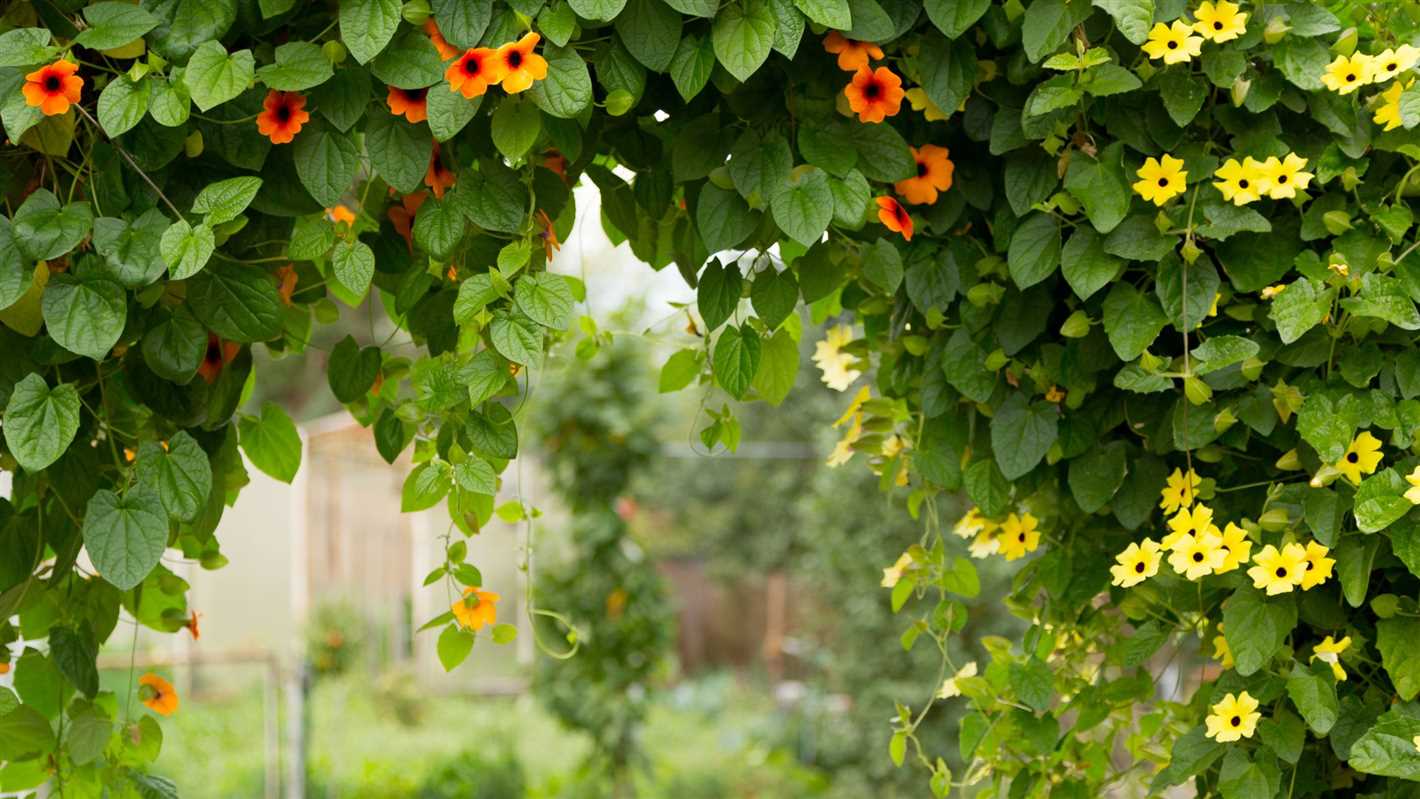
Each creeper has its own soil preferences, so it is essential to choose seeds that will grow well in your garden’s soil type. Some creepers prefer well-draining soil, while others thrive in moist or even sandy soil. Consider the soil characteristics of your garden and select creepers accordingly.
4. Growth Habit:
Consider the growth habit of the creeper you are interested in. Some creepers are fast-growing and can quickly cover large areas, while others are slower and require more time and attention to establish. Take into account the available space in your garden and how much time and effort you are willing to put into maintaining the creeper.
5. Flowering or Foliage:
Decide whether you want a creeper that primarily focuses on blooming flowers or one that showcases attractive foliage. Some creepers have vibrant flowers that add color to your garden, while others have unique foliage patterns that create visual interest.
6. Perennial or Annual:
Consider whether you want a creeper that grows year after year or one that completes its life cycle within one season. Perennial creepers come back year after year, while annual creepers need to be replanted each year. This choice depends on your preference and the level of commitment you have towards gardening.
7. Local Climate:
Take into account the climate of your region. Some creepers are better suited for tropical or warm climates, while others can withstand colder temperatures. Ensure that the creeper seeds you select are suitable for the climate in your area to ensure their successful growth.
By considering these factors, you can make an informed decision and choose the right creeper seeds that will thrive in your garden. Whether you prefer climbing or trailing creepers, vibrant flowers or attractive foliage, there is a wide variety to choose from to enhance the beauty of your outdoor space.
Preparing the Garden for Creeper Seeds
Before planting creeper seeds in your garden, it is important to prepare the soil and create a suitable environment for their growth. Here are some steps to follow:
1. Choose the right location:
Select a spot in your garden that receives ample sunlight, preferably for at least 6 hours a day. Creeper plants require sunlight for healthy growth and flowering.
2. Clear the area:
Remove any existing weeds, grass, or debris from the planting area. This will prevent competition for nutrients and ensure that the creeper seeds have enough space to grow.
3. Loosen the soil:
Using a garden fork or shovel, loosen the soil in the planting area to a depth of about 6-8 inches. This will improve soil drainage and allow the creeper roots to penetrate easily.
4. Amend the soil:
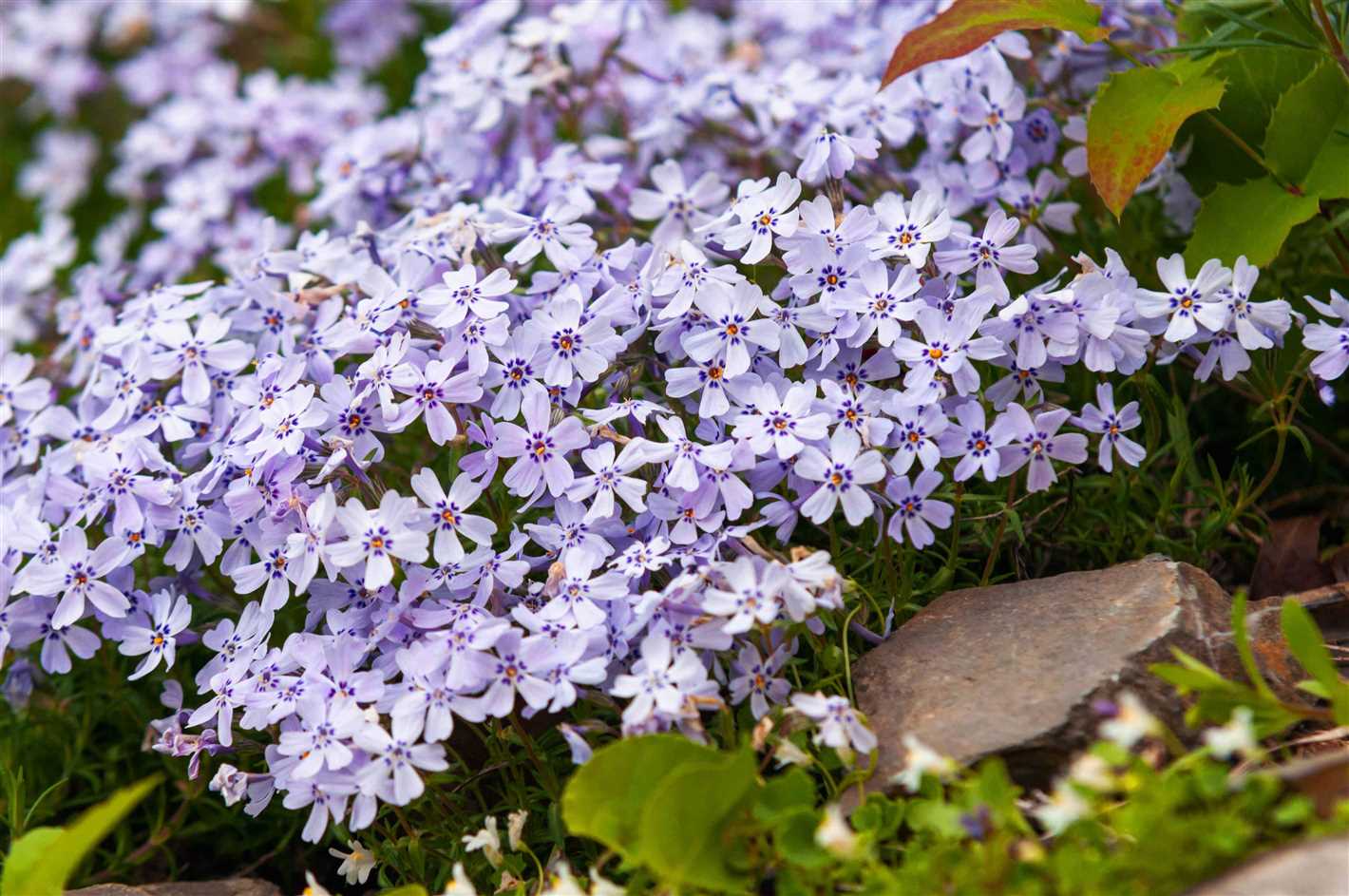
If the soil in your garden is heavy or poor in nutrients, consider adding organic matter such as compost or well-rotted manure. This will improve the soil structure, fertility, and moisture-holding capacity.
5. Test the soil pH:
Check the pH level of your soil using a soil testing kit. Most creeper plants prefer slightly acidic to neutral soil with a pH range of 6.0-7.0. If the soil is too acidic or alkaline, adjust it accordingly by adding lime or sulfur.
6. Create support structures:
Depending on the type of creeper you are growing, you may need to provide support structures such as trellises, stakes, or fences. Install these structures in the garden before planting the creeper seeds to avoid damaging the young plants later on.
7. Water the soil:
Moisten the prepared soil thoroughly but avoid waterlogging. Creeper seeds need moisture to germinate, so ensure that the soil is evenly moist before sowing the seeds.
8. Plan the planting layout:
Decide on the desired spacing between the creeper plants based on the specific variety and its growth habit. This will help you determine the number of seeds or seedlings needed for your garden.
9. Sow the creeper seeds:
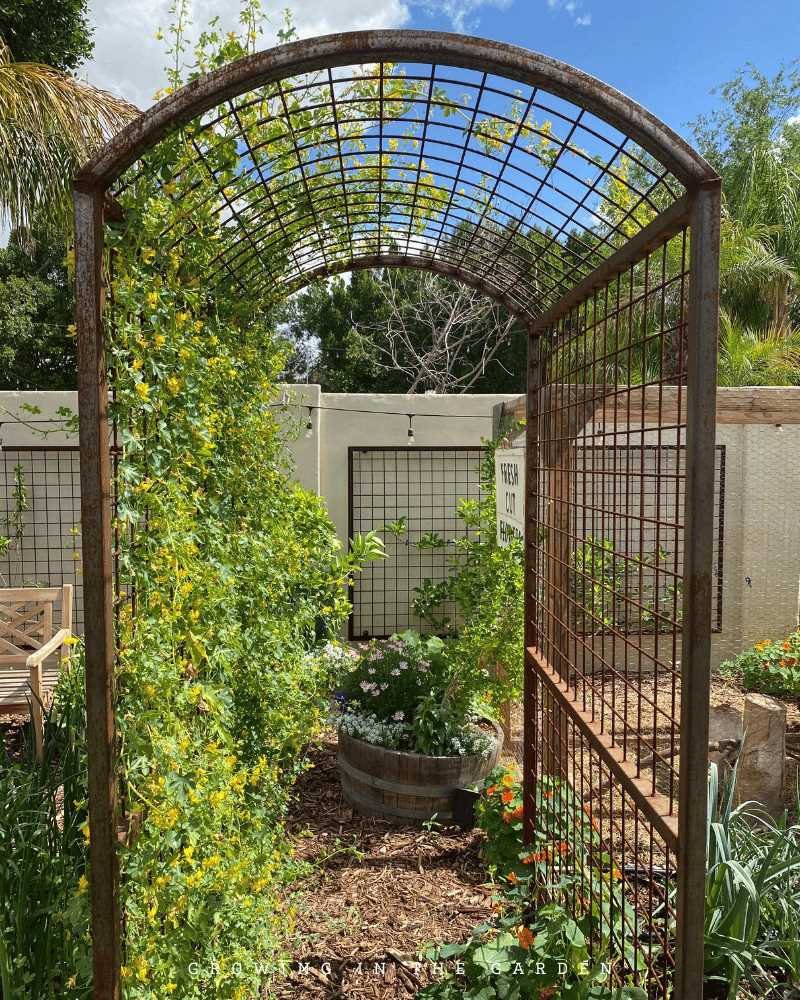
Following the instructions on the seed packet, sow the creeper seeds at the recommended depth and spacing. Cover them with a thin layer of soil and gently pat it down to ensure good seed-to-soil contact.
By following these steps, you will create an ideal environment for your creeper seeds to germinate and thrive in your garden. Remember to provide regular water, weed control, and support as needed to help your creeper plants grow and climb.
Sowing Creeper Seeds
Sowing creeper seeds is a simple process that can be done directly in the garden or in seed trays for later transplantation. Here are the steps to follow:
1. Choose the Right Time
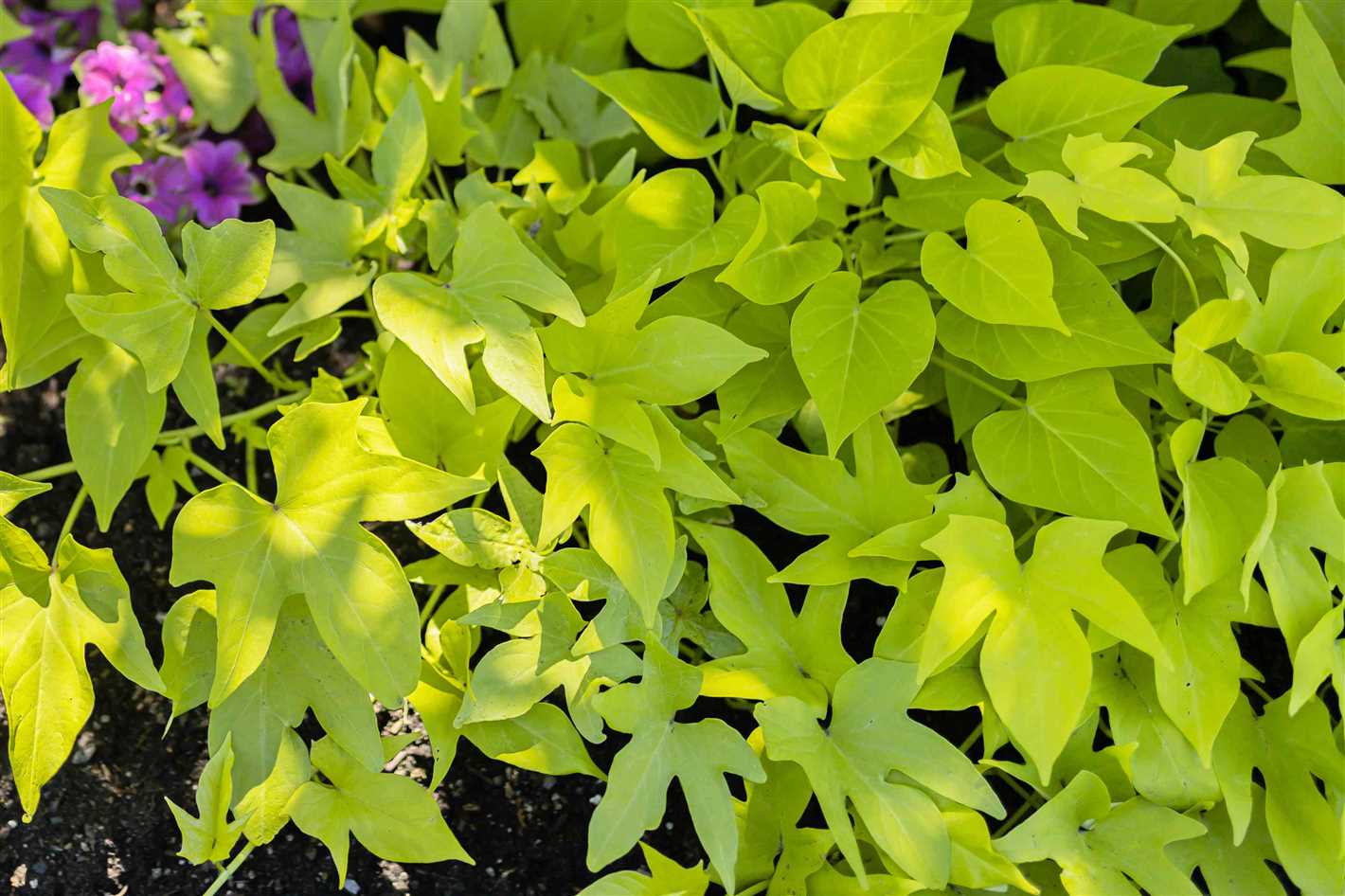
Before sowing creeper seeds, it is important to select the appropriate time for planting. Depending on the variety, the seeds can be sown in spring or summer. Refer to the specific instructions on the seed packet for the recommended sowing time.
2. Prepare the Soil
Prepare the soil by removing weeds, rocks, and other debris. Loosen the soil using a garden fork or tiller to improve drainage and aeration. You can also add organic matter, such as compost or well-rotted manure, to enrich the soil and provide nutrients for the seedlings.
3. Sow the Seeds
For direct sowing, create shallow furrows in the prepared soil using a rake or your fingers. The depth and spacing will depend on the specific creeper variety, so refer to the seed packet for guidance. Gently sow the seeds in the furrows and cover them with a thin layer of soil. Pat the soil lightly to ensure good seed-to-soil contact.
4. Water the Seeds
After sowing the seeds, water the area gently using a watering can or a garden hose with a fine spray nozzle. Avoid overwatering, as it can lead to seed rot or fungal diseases. Keep the soil consistently moist, but not waterlogged, until the seeds germinate.
5. Provide Support
Some creeper varieties require support structures, such as trellises or stakes, to climb on. Install these supports before or shortly after sowing the seeds to avoid damaging the young plants later on. Make sure the supports are sturdy and will provide adequate support as the creeper grows.
6. Monitor and Care for Seedlings
Once the seeds germinate, monitor the seedlings regularly for any signs of pest or disease infestation. Remove any weeds that compete with the young plants for nutrients and space. Water the seedlings as needed, providing enough moisture for healthy growth.
7. Transplant if Necessary
If you started the seeds in seed trays, the seedlings will need to be transplanted into the garden once they have developed a few leaves and are sturdy enough to handle. Follow the same process of preparing the soil, creating a hole for each seedling, and gently transferring them without damaging the delicate roots.
By following these steps, you can successfully sow creeper seeds and enjoy the beauty and benefits of these climbing plants in your garden.
Providing Ideal Growing Conditions for Creepers
1. Sunlight Requirements
Most creepers thrive in sunny locations where they can receive at least 6-8 hours of direct sunlight each day. However, some varieties, such as ivy and vinca, can tolerate partial shade. Ensure that the chosen spot for planting creepers receives the appropriate amount of sunlight for the specific variety.
2. Soil Preparation
The soil should be well-draining and rich in organic matter to promote healthy growth. Before planting, amend the soil with compost or well-rotted manure to improve its fertility and drainage. Avoid heavy clay soils that retain too much water, as this can cause root rot.
3. Watering Needs
Creepers generally require regular watering, especially during hot and dry periods. However, it is essential not to overwater, as this can lead to root rot or other fungal diseases. Check the moisture level of the soil regularly and water when the top inch feels dry.
4. Fertilization
Regular fertilization is crucial to provide creepers with the nutrients they need for healthy growth and abundant blooms. Use a balanced slow-release fertilizer or organic alternatives, following the package instructions for application rates.
5. Trellis or Support Structures
Many creepers are climbing vines that require support to grow vertically. Install trellises, arbors, or other structures to provide them with a framework to climb on. Ensure that the support is sturdy enough to support the weight of the mature plant.
6. Pruning and Training
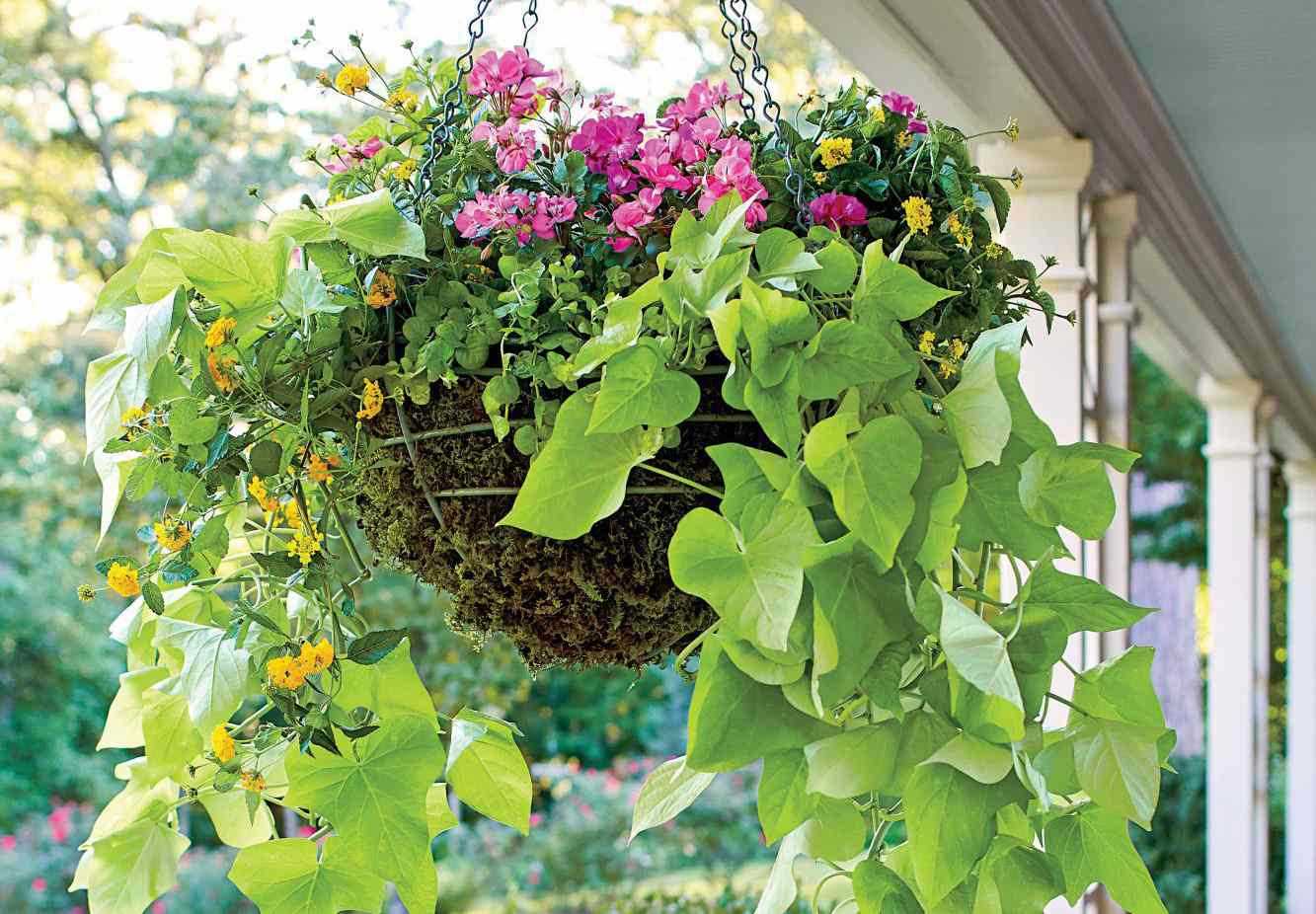
Prune and train creepers regularly to encourage bushier growth and to control their spread. Removing dead or damaged branches, as well as trimming back excessive growth, will help maintain the plant’s shape and appearance.
7. Pest and Disease Control
Monitor creepers for common pests, such as aphids and spider mites, and take necessary measures to control infestations. Regularly inspect the plants for signs of disease, such as powdery mildew or leaf spots, and promptly treat affected areas to prevent further damage.
8. Mulching
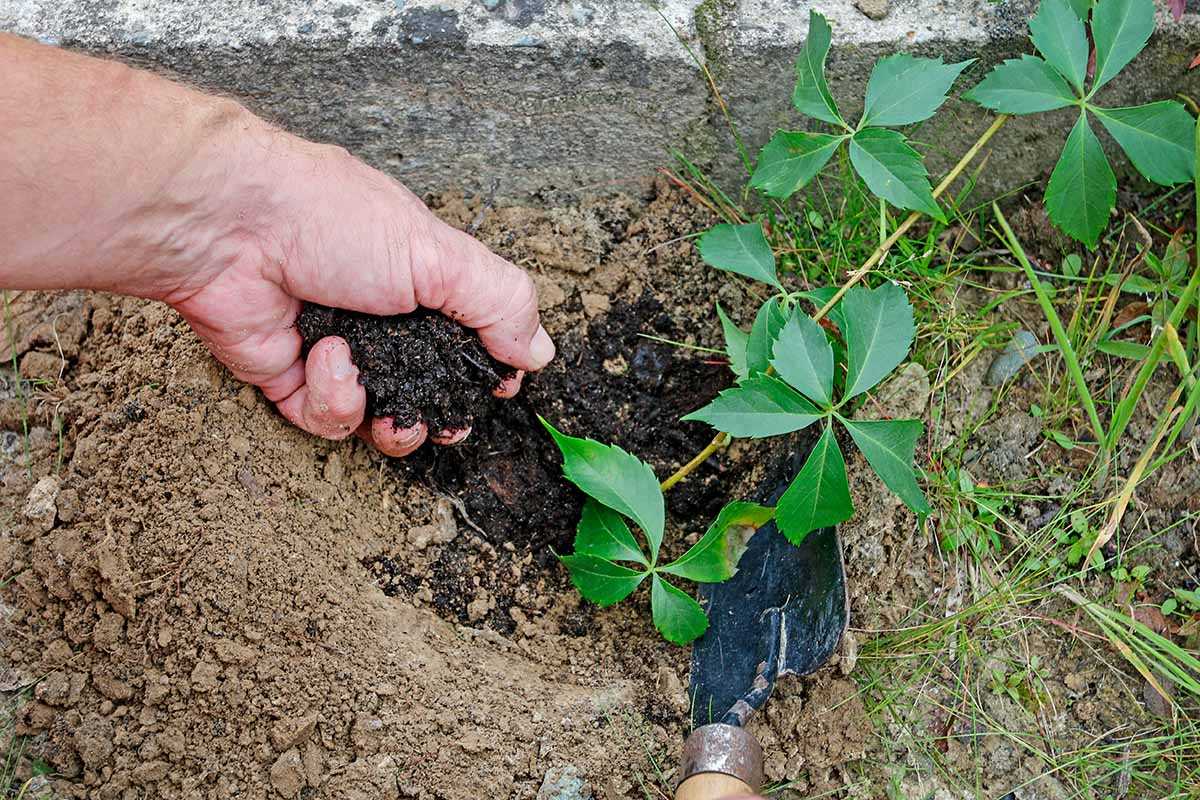
Apply a layer of mulch around the base of the creepers to help retain moisture, suppress weed growth, and regulate soil temperature. Organic materials, such as wood chips or straw, work well as mulch for creepers.
9. Winter Protection
Some creepers are not frost-tolerant and may require protection during winter. Depending on the specific variety, you may need to cover the plants with mulch or bring them indoors to protect them from freezing temperatures.
10. Regular Monitoring
Regularly inspect the creepers for any signs of nutrient deficiencies, pests, or diseases. Promptly address any issues that arise to ensure the overall health and vigor of the plants.
Overall, by providing the appropriate growing conditions and proper care, you can enjoy the beauty and benefits of creepers in your garden.
Caring for Your Creeper Plants
- Watering: Creeper plants require consistent watering, especially during the growing season. Water deeply and regularly to keep the soil moist but not waterlogged. Avoid overwatering as it can lead to root rot.
- Light: Most creeper plants prefer full sun, but some varieties can tolerate partial shade. Make sure to provide them with the appropriate amount of sunlight according to their specific needs.
- Support: To help your creeper plants grow and climb, provide them with suitable support structures such as trellises, fences, or arbors. Regularly check and secure the stems to the supports to prevent them from falling or getting damaged due to wind or heavy rain.
- Pruning: Prune your creeper plants regularly to maintain their shape and encourage new growth. Remove dead or damaged stems and trim back any excessive growth to prevent them from becoming tangled or overcrowded.
- Fertilizing: Feed your creeper plants with a balanced fertilizer during the growing season to promote healthy growth and abundant flowering. Follow the instructions on the packaging for the correct application rates.
- Pest and Disease Control: Monitor your creeper plants for any signs of pests or diseases. Common problems include aphids, scale insects, and powdery mildew. Use appropriate organic or chemical controls to manage these issues and prevent them from spreading to other plants.
- Winter Care: Some creeper plants are sensitive to frost and may need protection during the winter months. Mulch around the base of the plant to insulate the roots and cover them with a frost cloth or burlap if necessary. Prune back any dead or damaged stems in early spring.
- General Maintenance: Regularly inspect your creeper plants for any signs of stress or damage. Remove any weeds that may compete for nutrients and provide adequate spacing between plants to ensure good air circulation. Keep the area around the plants clean and tidy to minimize the risk of diseases.
By following these basic care guidelines, you can enjoy healthy and vibrant creeper plants in your garden for years to come. Remember to always consult specific care instructions for the particular variety of creeper plant you have.
Common Problems and Solutions for Creepers
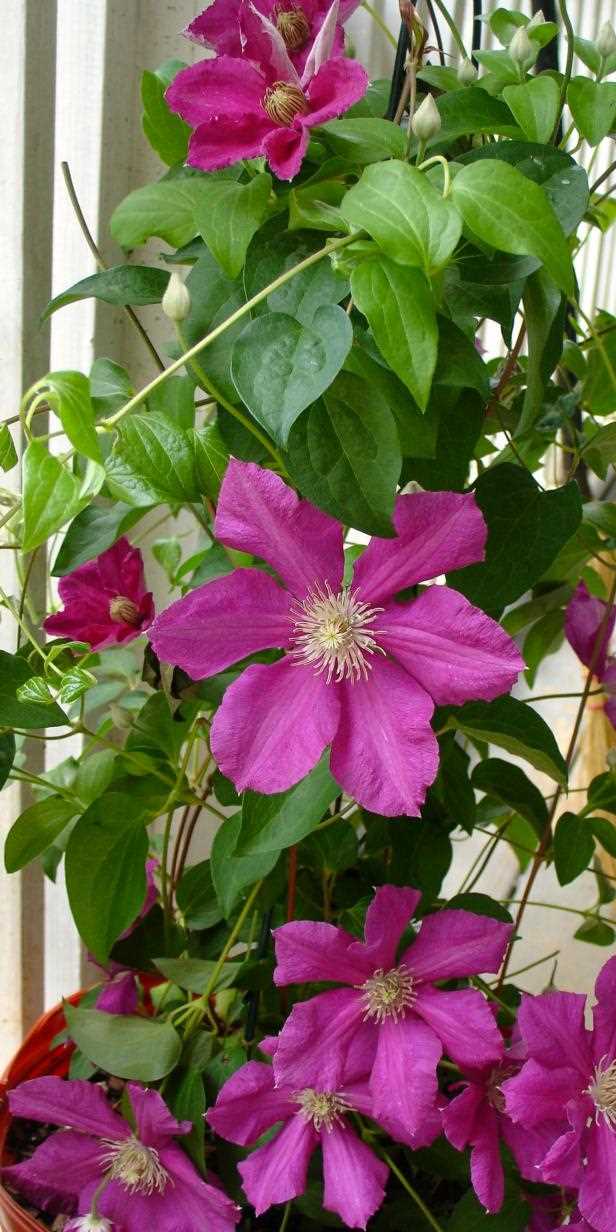
Pest Infestation
One of the most common problems faced by creepers is pest infestation. Common pests that can attack creepers include aphids, mealybugs, spider mites, and whiteflies. To prevent and control pest infestations:
- Regularly inspect the plants for any signs of pests.
- Use insecticidal soap or neem oil to control small infestations.
- If the infestation is severe, consider using chemical pesticides, but always read and follow the instructions carefully.
- Encourage beneficial insects, such as ladybugs and lacewings, which feed on pests.
Disease
Creepers can also be susceptible to various diseases, such as powdery mildew, leaf spot, and root rot. To prevent and treat diseases:
- Keep the plants well-ventilated to reduce humidity, as high humidity can promote the growth of fungal diseases.
- Water the plants at the base to avoid wetting the leaves, as wet leaves can promote the development of fungal diseases.
- Remove and destroy any infected plant parts to prevent the spread of diseases.
- If necessary, apply fungicides according to the instructions provided.
Poor Growth and Weak Climbing
If your creepers are not growing well or are not climbing as expected, it could be due to various factors:
- Insufficient sunlight: Make sure the plants are getting enough sunlight, as inadequate light can hinder their growth and climbing ability.
- Poor soil conditions: Check the soil for proper drainage and nutrient content. Add organic matter or fertilizers as needed to improve soil fertility.
- Lack of support: Provide adequate support for the creepers to climb on, such as trellises, fences, or stakes.
- Inadequate watering: Ensure the plants are receiving sufficient water, especially during hot and dry periods. Avoid overwatering, as it can lead to root rot.
Weeds
Weeds can compete with creepers for nutrients, water, and light, hampering their growth and development. To control weeds:
- Regularly weed the garden beds to remove any unwanted plants.
- Apply mulch around the creepers to suppress weed growth and conserve moisture.
- Consider using a pre-emergent herbicide before planting the creepers to prevent weed seeds from germinating.
Harvesting and Using Creeper Seeds
Harvesting the seeds from your creeper plants is a simple process that can be done in a few steps. By collecting and saving the seeds, you can ensure a bountiful supply for future planting.
Harvesting Creeper Seeds
To harvest seeds from your creeper plants, follow these steps:
- Wait for the creeper plant to produce mature seed pods or fruits. These are usually dry and brown in color.
- Cut off the seed pods or fruits from the plant using a clean pair of garden scissors or secateurs.
- Place the seed pods or fruits in a paper bag or envelope to allow them to dry further for a few weeks.
- Once the seed pods or fruits are completely dry, gently open them to release the seeds.
- Remove any debris or chaff from the seeds by gently blowing on them or using a fine-mesh sieve.
Storing Creeper Seeds
Proper storage of creeper seeds is crucial to maintain their viability. Follow these guidelines to store your harvested seeds:
- Store the cleaned seeds in a cool, dry place away from direct sunlight.
- Use airtight containers, such as glass jars or plastic seed bags, to prevent moisture and pests from damaging the seeds.
- Label the containers with the name of the creeper plant and the date of harvesting to keep track of the seeds.
- Store the containers in a refrigerator or freezer for long-term storage, if desired. Make sure the seeds are completely dry before freezing.
Using Creeper Seeds
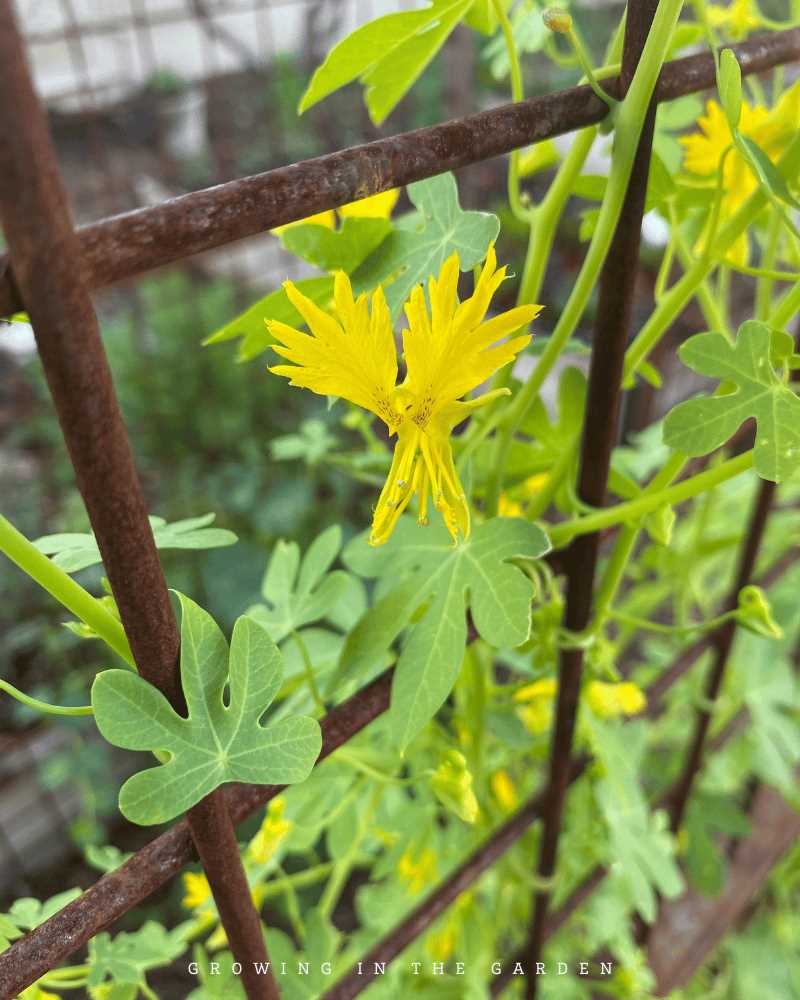
Creeper seeds can be used in various ways in your garden:
- Plant the seeds directly in the garden or in pots filled with well-draining soil.
- Follow the specific planting instructions for the type of creeper plant you are growing to ensure proper germination and growth.
- Start the seeds indoors in seed trays or pots to give them a head start before transplanting them into the garden.
- Share the seeds with friends, family, or fellow gardeners to spread the beauty of creeper plants.
- Save some seeds for future seasons, ensuring a continuous supply of creeper plants in your garden.
By following these steps for harvesting and using creeper seeds, you can enjoy the beauty and benefits of these versatile plants in your garden year after year.
Questions and Answers:
What is a creeper plant?
A creeper plant refers to a type of plant that has trailing or climbing stems and is known for its ability to cover large areas of ground or climb up walls or other supports. These plants have a creeping or crawling growth habit.
What are the different types of creeper plants?
There are various types of creeper plants, including ivy, morning glory, honeysuckle, jasmine, and sweet pea. Each type has its own unique characteristics and growth requirements, but all of them are known for their ability to spread horizontally or climb vertically.
How do you grow creeper plants from seeds?
To grow creeper plants from seeds, you need to start by selecting the right type of seeds for the creeper plant you want to grow. Then, prepare a suitable growing medium, plant the seeds at the right depth, and provide proper watering and sunlight. With time and care, the seeds will germinate and grow into healthy creeper plants.
What are the best creeper plants for a garden?
The best creeper plants for a garden depend on various factors, such as the climate, soil conditions, and personal preferences. However, some popular choices include creeping thyme, creeping phlox, creeping juniper, and creeping rosemary. These plants are not only attractive but also low-maintenance and easy to grow.
Can creeper plants damage walls or structures?
In some cases, creeper plants can cause damage to walls or structures if not properly managed. The roots or tendrils of certain creeper plants can penetrate cracks or crevices and cause structural issues over time. It is important to regularly trim and train creeper plants to prevent them from causing damage.
What are some tips for caring for creeper plants?
To care for creeper plants, make sure to provide them with proper sunlight, water, and drainage. Regularly trim and prune the plants to promote healthy growth and prevent overgrowth. Additionally, provide support or trellises for climbing creeper plants and monitor for any signs of pests or diseases. Proper care will help ensure the success and longevity of your creeper plants.







